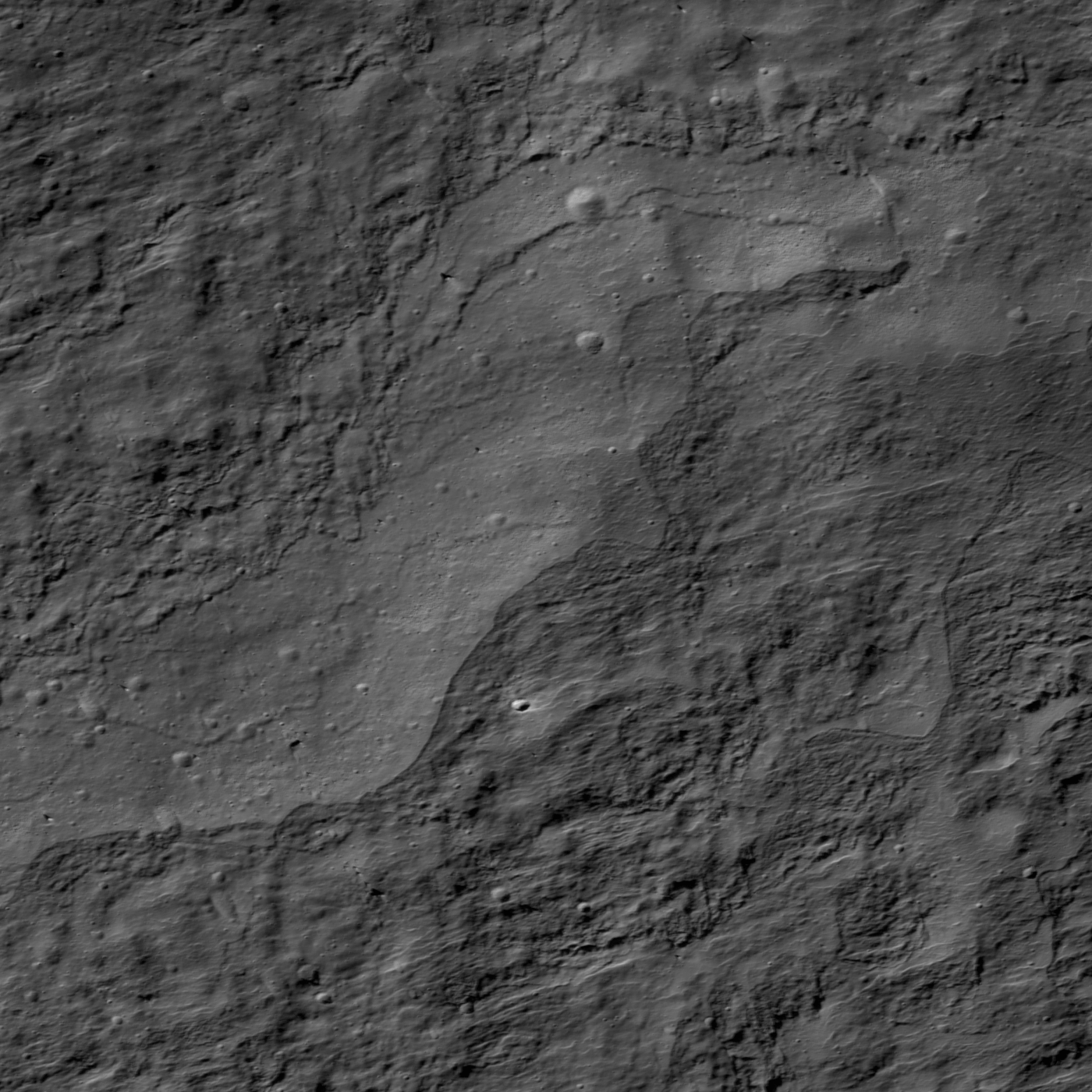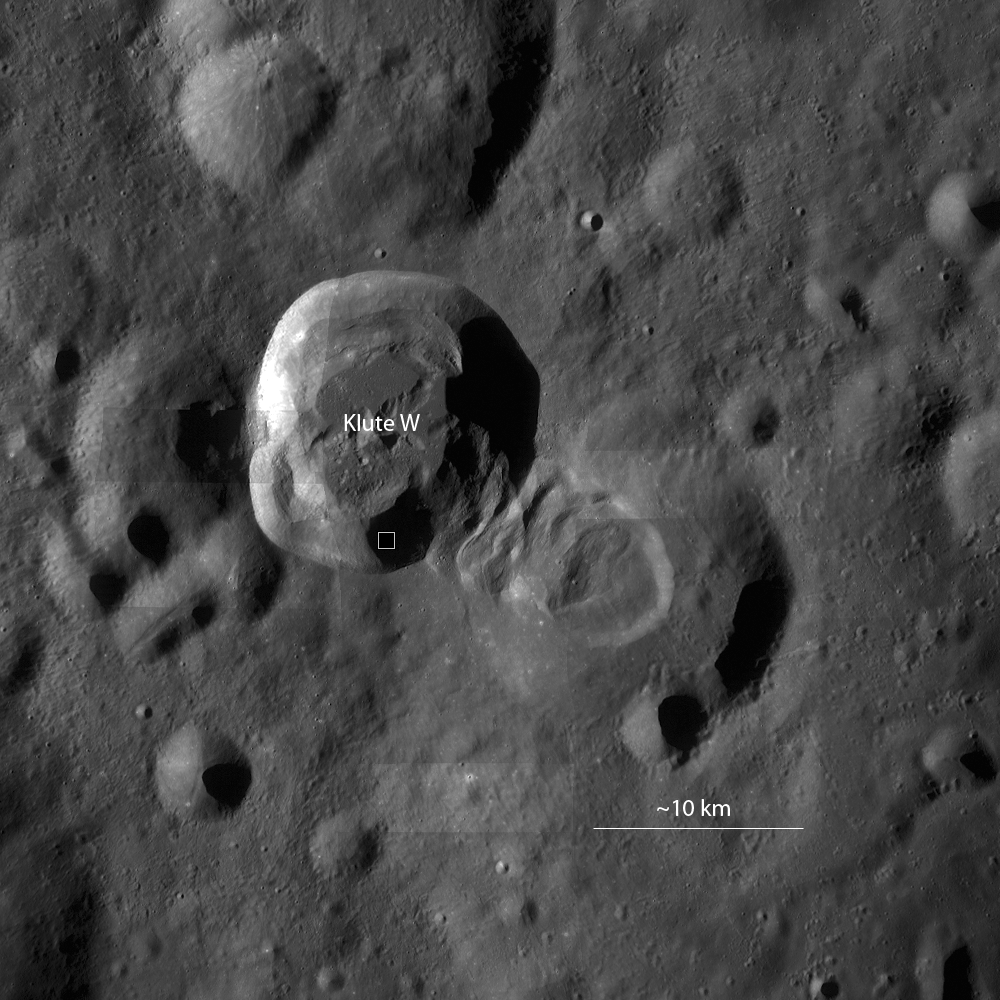
Further down the wall of Klute W crater (38.2°N, 143.0°W) relative to yesterday's Featured Image, the landslide rubble appears to have either been mixed with, or deposited adjacent to, impact melt. The melt deposits produce lobate margins appearing much like lava flows, and the smoother surfaces present more small impact craters than the nearby rough surfaces. Unlike the unconsolidated (loosely packed) landslide debris, the melt surfaces should be solid rock, having formed from rapidly cooling melt following the Klute W impact. Melt surfaces are therefore expected to preserve craters better than landslide materials (once again, see yesterday's Featured Image).
Use the full LROC NAC image to see if you can tell what is melt, what is landslide debris, and where the transitions occur on the Klute W wall. It is not always easy to tell!
Some related posts:
Published by James Ashley on 1 April 2011
